Going For A Walk. Apollo 17 Astronaut Ronald Evans Leaves To The Spacecraft To Retrieve Film Cassettes

Going for a walk. Apollo 17 astronaut Ronald Evans leaves to the spacecraft to retrieve film cassettes from the Service Module, Dec 1972. Mr. Evans was Command Module Pilot & orbited the moon a record 75 times during the mission. He holds the record for most time spent in lunar orbit at just shy of 148 hours. He is the last human to orbit the moon solo. A historic figure in space pioneering.
More Posts from Ad-astra-affecte-spe and Others

2023 February 25
Crescent Moon Occultation Image Credit & Copyright: Fefo Bouvier
Explanation: On February 22, a young Moon shared the western sky at sunset with bright planets Venus and Jupiter along the ecliptic plane. The beautiful celestial conjunction was visible around planet Earth. But from some locations Jupiter hid for a while, occulted by the crescent lunar disk. The Solar System’s ruling gas giant was captured here just before it disappeared behind the the Moon’s dark edge, seen over the RÃo de la Plata at Colonia del Sacramento, Uruguay. In the serene river and skyscape Venus is not so shy, shining brightly closer to the horizon through the fading twilight. Next week Venus and Jupiter will appear even closer in your evening sky.
∞ Source: apod.nasa.gov/apod/ap230225.html
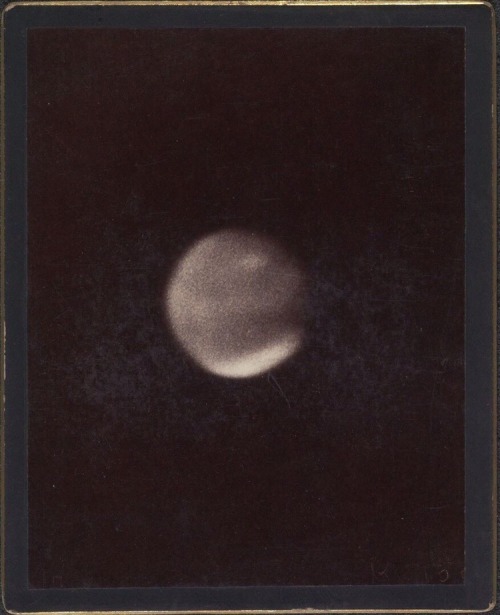
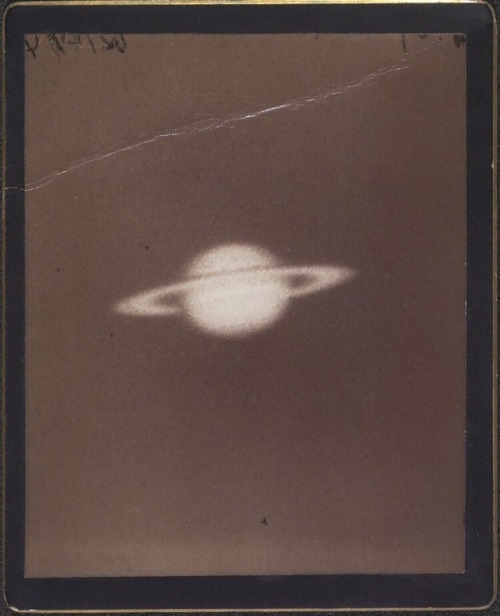
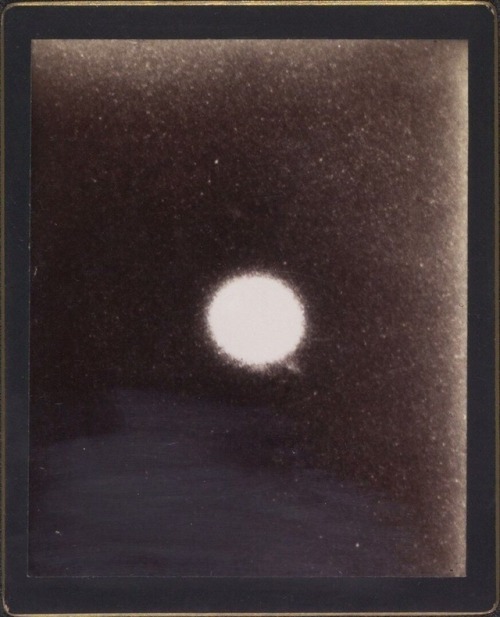
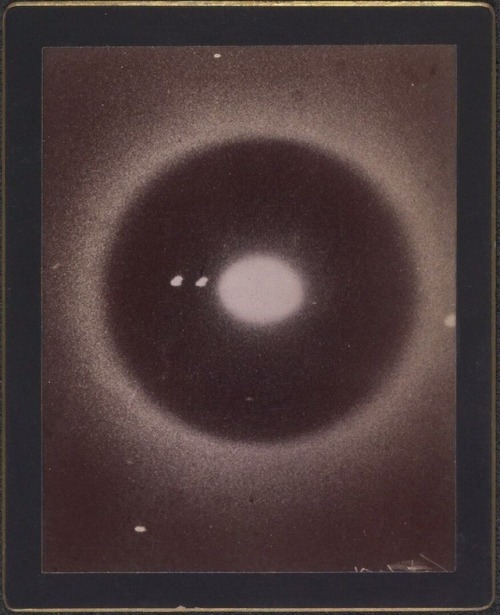
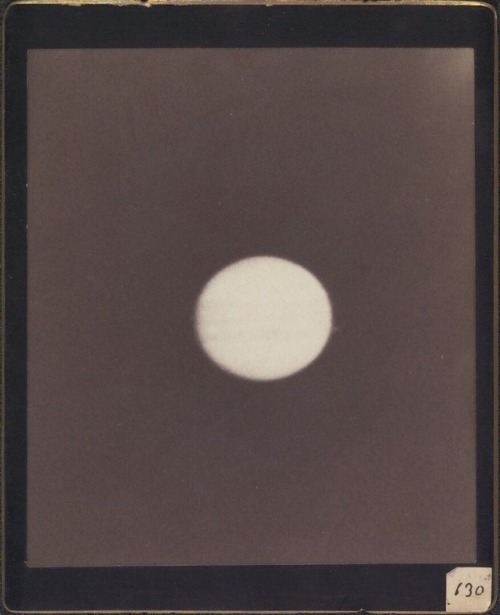
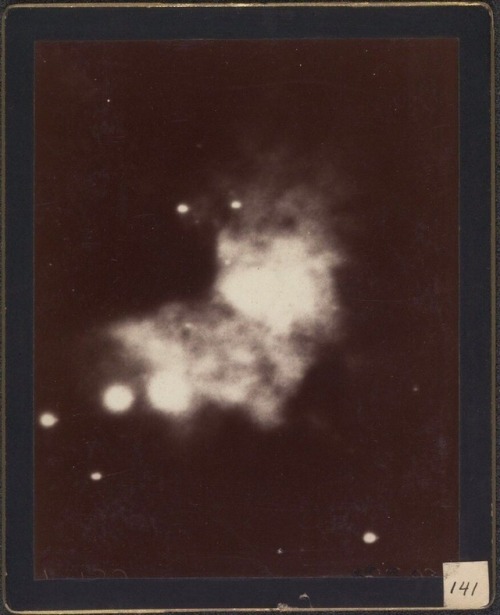
Astronomical photographs, Harvard College Observatory, Cambridge, 1890-1920





Star Trails in Western Australia by Trevor Dobson

M31 Adromeda Galaxy (Visible Light) by NASA Goddard Photo and Video

2024 March 5
NGC 2170: Angel Nebula Abstract Art Image Credit & Copyright: David Moulton
Explanation: Is this a painting or a photograph? In this celestial abstract art composed with a cosmic brush, dusty nebula NGC 2170, also known as the Angel Nebula, shines just above the image center. Reflecting the light of nearby hot stars, NGC 2170 is joined by other bluish reflection nebulae, a red emission region, many dark absorption nebulae, and a backdrop of colorful stars. Like the common household items that abstract painters often choose for their subjects, the clouds of gas, dust, and hot stars featured here are also commonly found in a setting like this one – a massive, star-forming molecular cloud in the constellation of the Unicorn (Monoceros). The giant molecular cloud, Mon R2, is impressively close, estimated to be only 2,400 light-years or so away. At that distance, this canvas would be over 60 light-years across.
∞ Source: apod.nasa.gov/apod/ap240305.html

NGC 1365, Heart of the Universe

M78 // Capturing Ancient Photons
A beautiful series of reflection nebulae make up M78. These reflection nebulae, like their name suggests, contain little ionized gas and primarily reflect the light of nearby stars. In this case, it is only two stars' light that the gas is reflecting despite containing a few hundred young stars within.

2023 September 28
The Deep Lagoon Image Credit & Copyright: Josep Drudis, Christian Sasse
Explanation: Ridges of glowing interstellar gas and dark dust clouds inhabit the turbulent, cosmic depths of the Lagoon Nebula. Also known as M8, The bright star forming region is about 5,000 light-years distant. It makes for a popular stop on telescopic tours of the constellation Sagittarius toward the center of our Milky Way Galaxy. Dominated by the telltale red emission of ionized hydrogen atoms recombining with stripped electrons, this deep telescopic view of the Lagoon’s central reaches is about 40 light-years across. The bright hourglass shape near the center of the frame is gas ionized and sculpted by energetic radiation and extreme stellar winds from a massive young star.
∞ Source: apod.nasa.gov/apod/ap230928.html
-
 feel-the-beat-of-the-tangerine reblogged this · 3 weeks ago
feel-the-beat-of-the-tangerine reblogged this · 3 weeks ago -
 feel-the-beat-of-the-tangerine liked this · 3 weeks ago
feel-the-beat-of-the-tangerine liked this · 3 weeks ago -
 steorrmapod reblogged this · 3 weeks ago
steorrmapod reblogged this · 3 weeks ago -
 al-ssahan reblogged this · 1 month ago
al-ssahan reblogged this · 1 month ago -
 al-ssahan liked this · 1 month ago
al-ssahan liked this · 1 month ago -
 diistantpiixels reblogged this · 4 months ago
diistantpiixels reblogged this · 4 months ago -
 loveforthecreed liked this · 4 months ago
loveforthecreed liked this · 4 months ago -
 dancefloor-tragedyy liked this · 6 months ago
dancefloor-tragedyy liked this · 6 months ago -
 apollo07 liked this · 7 months ago
apollo07 liked this · 7 months ago -
 failedelectrocution liked this · 8 months ago
failedelectrocution liked this · 8 months ago -
 coachjergen liked this · 9 months ago
coachjergen liked this · 9 months ago -
 garethharrison liked this · 10 months ago
garethharrison liked this · 10 months ago -
 annihilate-this-week liked this · 10 months ago
annihilate-this-week liked this · 10 months ago -
 arithmeticanimaniac reblogged this · 10 months ago
arithmeticanimaniac reblogged this · 10 months ago -
 ocean-again reblogged this · 10 months ago
ocean-again reblogged this · 10 months ago -
 pencilears liked this · 10 months ago
pencilears liked this · 10 months ago -
 aqae6 liked this · 10 months ago
aqae6 liked this · 10 months ago -
 ashleighxcx reblogged this · 10 months ago
ashleighxcx reblogged this · 10 months ago -
 ashleighxcx liked this · 11 months ago
ashleighxcx liked this · 11 months ago -
 thehappyspaceman liked this · 11 months ago
thehappyspaceman liked this · 11 months ago -
 the-technicolor-whiscash liked this · 11 months ago
the-technicolor-whiscash liked this · 11 months ago -
 rocket-angel reblogged this · 11 months ago
rocket-angel reblogged this · 11 months ago -
 bittersweet-seventeen94 liked this · 1 year ago
bittersweet-seventeen94 liked this · 1 year ago -
 dreamersescape liked this · 1 year ago
dreamersescape liked this · 1 year ago -
 vor765wm liked this · 1 year ago
vor765wm liked this · 1 year ago -
 deltacomplex reblogged this · 1 year ago
deltacomplex reblogged this · 1 year ago -
 gemini-enthusiast reblogged this · 1 year ago
gemini-enthusiast reblogged this · 1 year ago -
 legitimately liked this · 1 year ago
legitimately liked this · 1 year ago -
 o-manam reblogged this · 1 year ago
o-manam reblogged this · 1 year ago -
 homebayce liked this · 1 year ago
homebayce liked this · 1 year ago -
 minyamine liked this · 1 year ago
minyamine liked this · 1 year ago -
 ayumunoya liked this · 1 year ago
ayumunoya liked this · 1 year ago -
 scongor liked this · 1 year ago
scongor liked this · 1 year ago -
 john-erby liked this · 1 year ago
john-erby liked this · 1 year ago -
 m31anna liked this · 1 year ago
m31anna liked this · 1 year ago -
 tbalsillie1973 liked this · 1 year ago
tbalsillie1973 liked this · 1 year ago -
 metalhead-maglor reblogged this · 1 year ago
metalhead-maglor reblogged this · 1 year ago -
 metalhead-maglor liked this · 1 year ago
metalhead-maglor liked this · 1 year ago -
 caiorazec liked this · 1 year ago
caiorazec liked this · 1 year ago -
 theterrancrowe liked this · 1 year ago
theterrancrowe liked this · 1 year ago -
 supersiena reblogged this · 1 year ago
supersiena reblogged this · 1 year ago -
 supersiena liked this · 1 year ago
supersiena liked this · 1 year ago -
 itsgerges reblogged this · 1 year ago
itsgerges reblogged this · 1 year ago -
 itsgerges liked this · 1 year ago
itsgerges liked this · 1 year ago -
 saturnaous reblogged this · 1 year ago
saturnaous reblogged this · 1 year ago -
 saturnaous liked this · 1 year ago
saturnaous liked this · 1 year ago -
 andrewtylo liked this · 1 year ago
andrewtylo liked this · 1 year ago

★•Astronomy, Physics, and Aerospace•★ Original and Reblogged Content curated by a NASA Solar System Ambassador
204 posts

